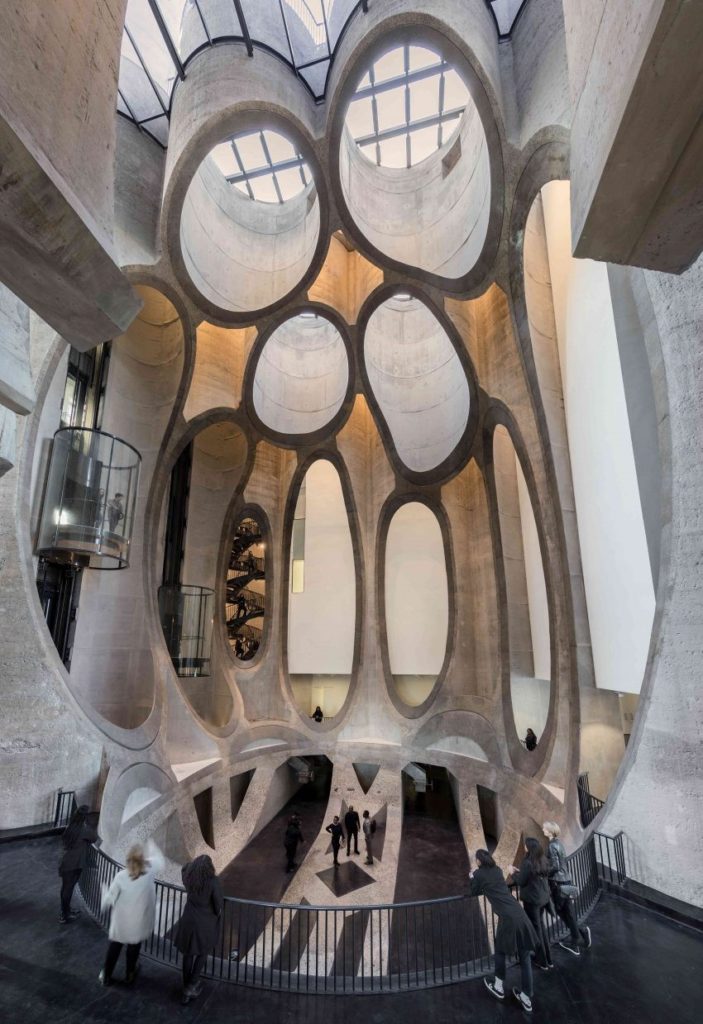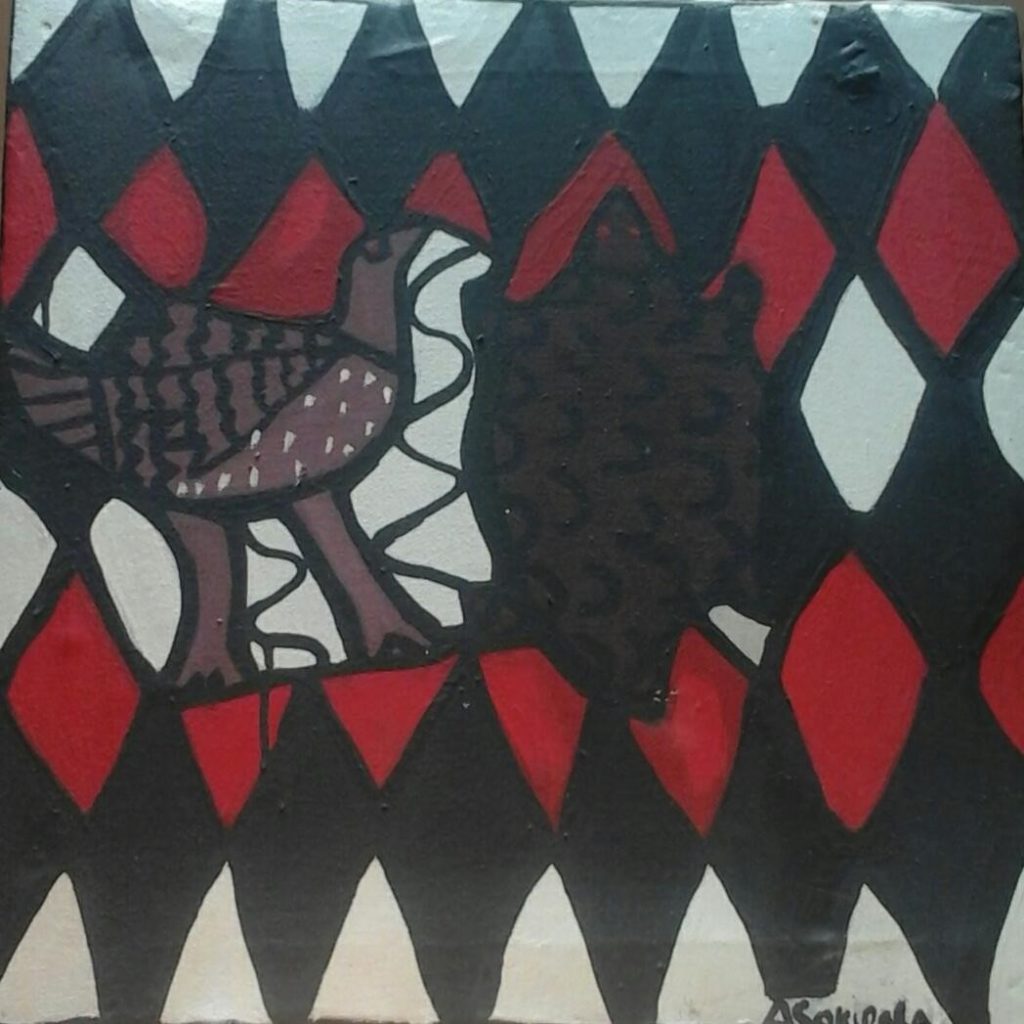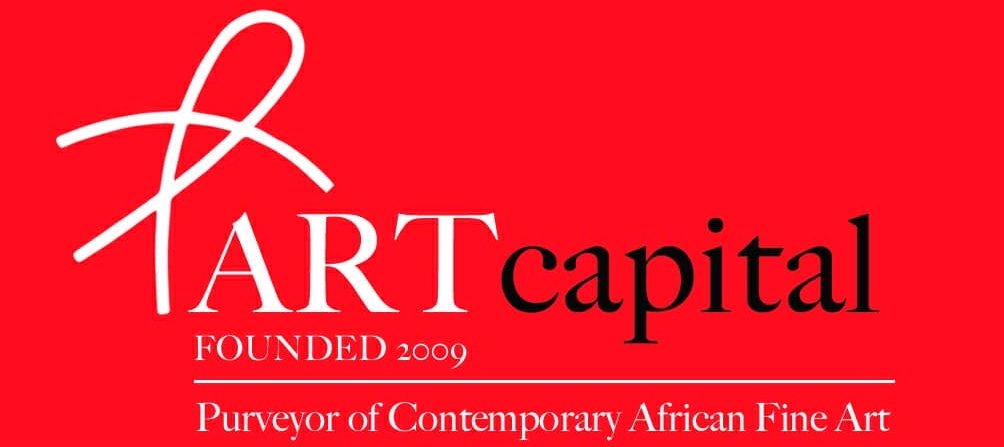ZEITZ MOCAA – CAPE TOWN OPENED
By Nii B. Andrews
To mark the opening of the ZEITZ MOCAA on Friday September 21, let us
A) reprise the museum’s highlights and
B) review some opinions/views on this unique institution from writers, artists, collectors, curators etc.
A)
– Museum occupies nine floors of a historic grain silo
– It was built in 1921, remodeled by architect Thomas Heatherwick.
– It is the largest art museum built on the continent in more than 100 years
– It consists of 100 gallery spaces within 42 tunnels carved out of the silo
– Exhibits occupy 6,000 square meters of space
– Work of nearly 50 artists, from 18 countries is displayed
– Adult tickets cost R180 (about $13)
– Children enter for free
– Citizens of African nations enter for free on Wednesdays only.

B)
1) “I just felt, why is there nothing in Africa that keeps its heritage and creativity in one place?
I believe in cultural transformation through art and through its artists.
I’ve seen such a vibrant artistic community in Africa, with important messages that need to be taught to the world.
I’ve seen that Africa has always been misunderstood because its history has often been defined from outside of Africa itself.”
– JOCHEN ZEITZ

2) “Zeitz MOCAA is a great moment for Mama Africa.
It means that young artists don’t have to leave the continent to experience a major art museum and, best of all, the artwork will mainly be from Africa itself.
This is an important shift as it places value upon African artists so, rather than reflecting a European model, it becomes its own model.”
– LISA LOU

3) “Apart from it being a master work of architecture, I feel that it is inviting.
This is important, as we have a collective history of institutions that are still negotiating ideas of inclusion and exclusion, and these range from aesthetics to the social engagement the spaces have with their communities.
I am a believer in museums being spaces for healing, a national healing of sorts.
A space where audiences will be able to reflect on the past 18 years of said art could spark something to that direction.”
– ATHI PATRA-RUGA

4) “When researching Zeitz, there is certainly some difficulty in ignoring the overarching amount of white male voices present in the construction of the museum.
………. the building was designed by Heatherwick, a white British man; founded on the collection of Zeitz, a white German man; and is being run by Coetzee, a white South African man—all in a country that is nearly 80 percent black.”
– ELLEN AGNEW

5) “My first concern is that there is still only one person who is selecting the work for the Zeitz MOCAA and that selections are being made without broader consultation……….. it goes against all museums’ ‘best practice.’
……… museums by their very nature codify and canonize.
As much as museums include, they are also involved in very complicated and contentious issues around exclusion.
In a country and continent whose very history is bound to notions of exclusion, the MOCAA will have to be extremely careful as to how it codifies and identifies ‘Contemporary Art Africa.’
This is a task that one man can simply not do.”
-MATTHEW BLACKMAN

6) “I think the first and foremost gesture of the museum is a political one.
And that is to say that for a very long time, the narrative of Africa and the representation of Africans has been defined by others, by outsiders.
And the museum’s motivation is to say, let’s create an institution where people from Africa, whether we were born here thousands of years or whether we immigrated yesterday, can contribute to the writing of our own history.
Let us also define how we want to be represented to the world.
………What contemporary art museums do is, basically, they give us the tools to be able to negotiate the time that we are living in.
So, artists ask very difficult, complex questions of society:
‘Why is there separation of wealth and power?
Why does the ability to represent culture or represent people rely on a few people’s input and not a holistic group of people?
How do we negotiate difference in society when we have different religions, or different genders, or different orientations?’
And so what a museum does is, it’s a very safe space to discuss very difficult issues which impact all of us in the 21st century.”
